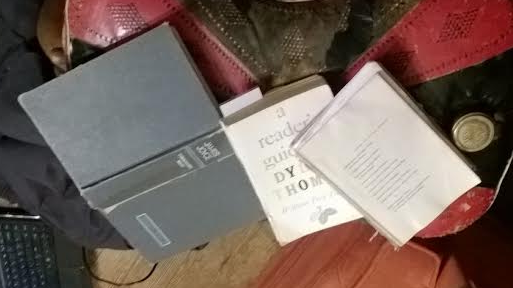I can remember years ago before many of you were born or at least before you had become young adults, I was exposed to a piece of software that demonstrated the possibilities of hyperlinking a text. It took the poem, Ulysses, by Wordsworth and interwove it with many kinds of hyperlinks from definitions, discussions of meaning to a video of Ted Kennedy movingly reading (reciting from memory?) the poem.
The experience blew me away. I immediately saw how hyperlinking helped expand the nonlinear way of approaching thinking. It seems to me now many years later ironic that this technology suits the works of James Joyces, especially Finnegans Wake. The ability to access layers of meaning in this text is greatly enhanced by links and windows.
I have two sites bookmarked for this: FWEET (above) and FINWAKE.COM (below)
And these are just two old bookmarks. I didn’t bother to search this morning for new ones. I’m pretty sure there are more out there. The irony comes from the fact that hypertexting (enabling nonlinear approaches to ideas) and these Finnegans Wake sites are all available at a time when accessing ideas and reading texts thoughtfully is out of fashion.
So I begin my days reading poetry by Dylan Thomas and then reading helpful and informative essays by his buddy William Tindall. Then turning from them to Finnegans Wake by James Joyce since Tindall constantly refers to Joyce’s work and piques my curiosity once again about it.
In doing so I feel like a hermit in a cave who trembling turns over pages by candlelight and is truly caught in the small light of the solitude of ideas and thinking.
It helps that all of these books are in tatters.
I have found myself lately having a visceral attraction to old books I own. I enjoy picking them up even though they are falling apart and their pages are sometimes yellow with age.

Readers of this blog know that I am enamored with ebooks, so this is not a luddite moment. Rather I just notice the pleasure and quietly enjoy it.


